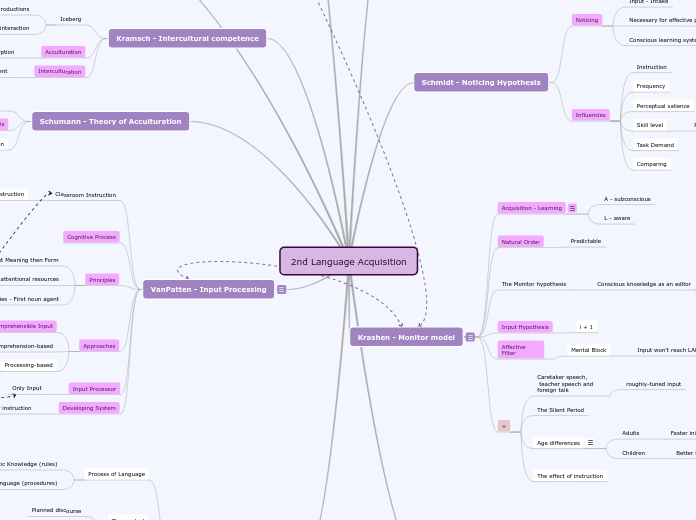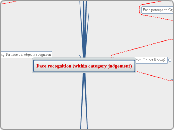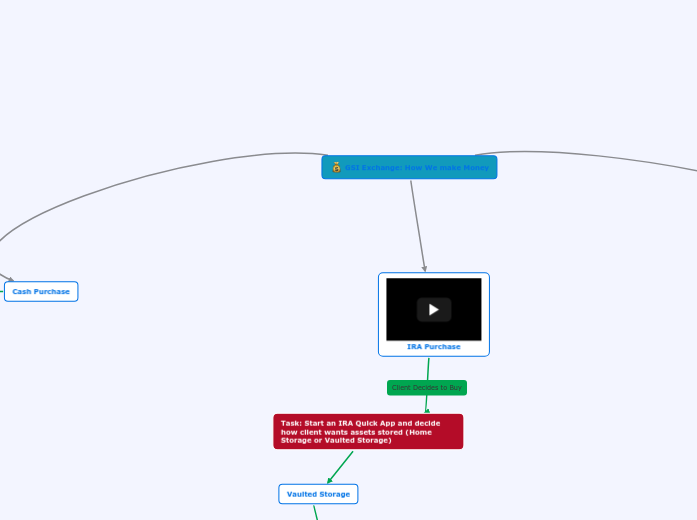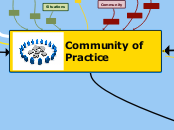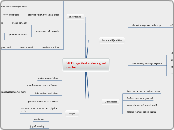2nd Language Acquisition
Ellis - Variable Competence
Weak interference model.
Model: a model is always incomplete, it has not get to the status of theory
Learner's procedures
External
Discourse
Internal
Cognitive process
Secondary
Planned = non-automatic + analyzed
Primary
Unplanned = automatic + unanalized
The product
Unplanned discourse
Planned discourse
Process of Language
Ability to language (procedures)
Linguistic Knowledge (rules)
VanPatten - Input Processing
Information Processing Model
How input is perceived, processed, stored and then retrieved in actual performance, and how the memory system works
Developing System
Grammar instruction
Do not develop linguistic competence
Input Processor
Only Input
Approaches
Processing-based
Control of attention
Comprehension-based
Extract meaning
Comprehensible Input
Acquisition
Linguistic System
Principles
Strategies - First noun agent
Process content at little cost of attentional resources
1st Meaning then Form
Cognitive Process
Classroom Instruction
Processing instruction
Usefulness of training
Do Exercises (1st structure 2nd meaning)
Alerted to problems in the input
Explanation of grammar
Schumann - Theory of Acculturation
Fossilization
Pidginization Hypothesis
Social and affective psychological distance betwwen learner a TL culture
Kramsch - Intercultural competence
Interculturation
Reciprocal - enrichment
Acculturation
Absorption
Iceberg
Ground of meaning - Communication and interaction
Surface Culture - Material productions
Biallystock - Variable Competence
Learner's rule system
Unanalitic
Analitic
Non-automatic
McLaughin - Information Processing Model
Krashen: Criticized his distinction between conscious and subconscious acquisition and his claim of no intefrace between acquisition and learning)
Learning = cognitive process
Learning = shift from controlled to automatic processing via practice. (automatization)
Peripheral
Focal
Automatic
Restructuring
Piaget's "Accomodation and assimilation"
Long-term memory
Controlled
Practice to become automatic and to be stored in the long term memory
Short-term memoty
Cognitive Skill
Long - Interaction-Hypothesis
Modified Interaction
Recast
Self-repetition of paraphrase
Clarification requests
Comprehension Checks
Krashen i + 1
To ensure that is being applied
Krashen - Monitor model
Non-inerference position
+
The effect of instruction
Age differences
Full access theorist. Acquisition takes place from childhood to adulthood if comprehensible input is provided and if the affective filters are low.
Better in the long run
Lower affective filters
Faster initially
+ comprehensible input and the monitor
The Silent Period
Caretaker speech,
teacher speech and
foreign talk
roughly-tuned input
Affective Filter
Mental Block
Input won't reach LAD
Input Hypothesis
i + 1
The Monitor hypothesis
Conscious knowledge as an editor
- Change the output
- Make a correction before we speak or write
3) Know the rule
2) Focus on form
1) Time
Natural Order
Predictable
Acquisition - Learning
No interference
L - aware
A - subconscious
Schmidt - Noticing Hypothesis
Influencies
Comparing
Task Demand
Skill level
Processing ability
Perceptual salience
Frequency
Instruction
Noticing
Conscious learning system to SLA
* x Krashen
Necessary for effective processing
Input - Intake
BleyVroman - The Logical problem
Fundamental Difference Hypothesis
Adults
L1
General Domain
Children
Domenin Specific
UG
Mechanism in the mind
Innate
Needs to be activated
Shapes grammar
